What Are the Pros and Cons of Dental Implants?
Unsure if dental implants are right for you? See our list of the pros and cons of this dental procedure so you can make an informed decision.
Review Our COVID-19 Safety Protocols

Unsure if dental implants are right for you? See our list of the pros and cons of this dental procedure so you can make an informed decision.
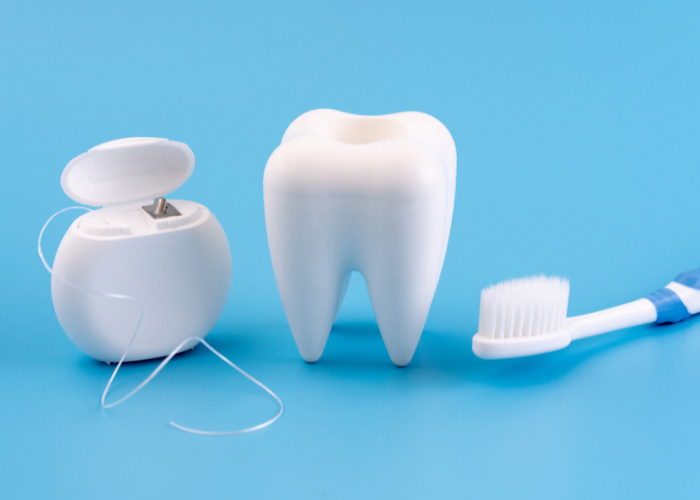

With the school rush behind us, it’s a great moment to plan a dentist visit – not just for kids. Schedule a dental checkup for the whole family!
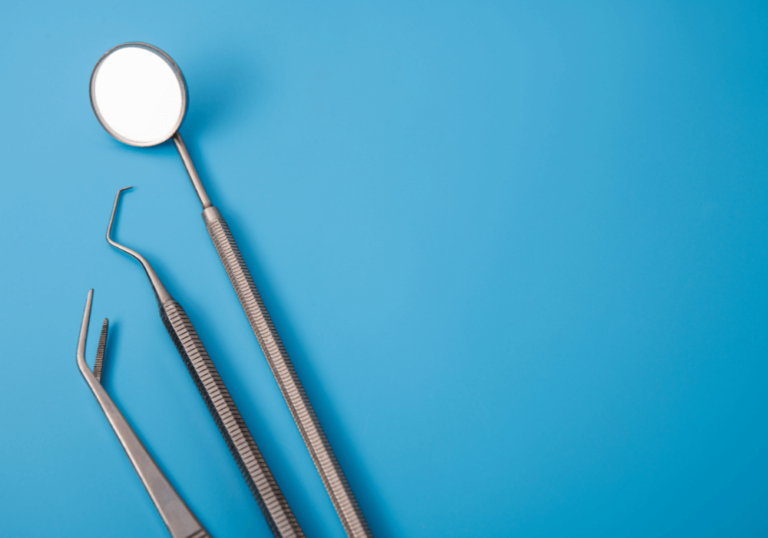
Being aware of what to anticipate during a dental checkup can help alleviate any anxiety associated with dental visits. Read more about what you can expect from a typical dental checkup.
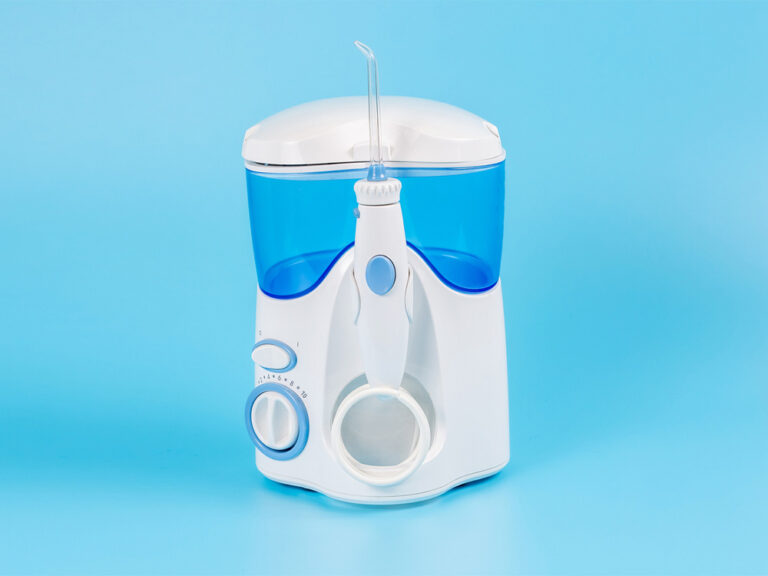
Cleaning between your teeth is one of the most important parts of at-home oral hygiene but it’s often ignored. Are water flossers a better way to clean?
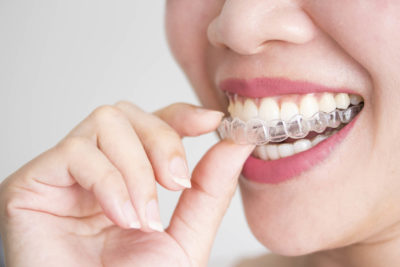
Clear aligners, such as Invisalign®, are a popular alternative to metal braces. Learn about the process, benefits, and payment options.
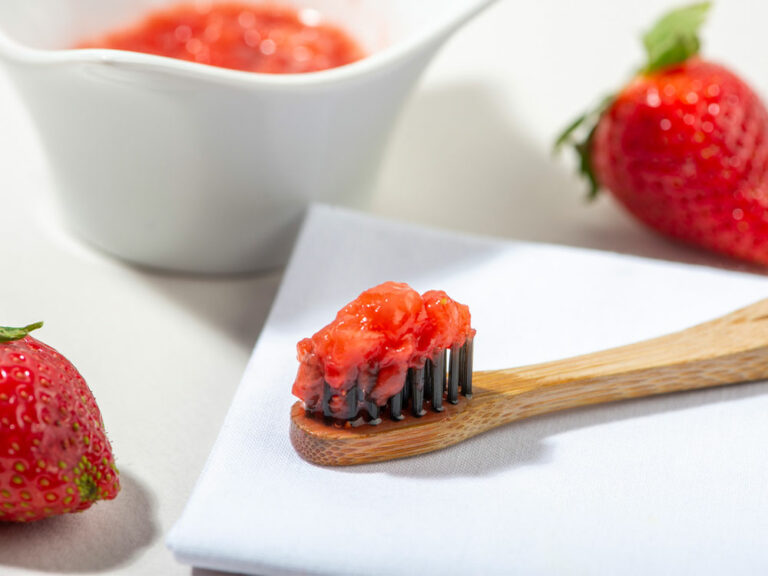
Sometimes what you are eating can have a large effect on the coloration of your teeth. Read more about the types of food that can stain your teeth and how to mitigate the effects of food on the color of your teeth.
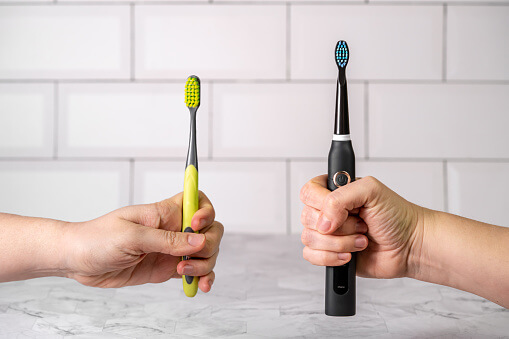
Toothbrushes don’t last forever, but it can be difficult to figure out when the time has come to replace it. Let us help you find the answer!

Need to get a tooth pulled? Read our four tips for ensuring an easy recovery from tooth extraction.

The best teeth whitening option varies person to person, based on the health of your teeth, budget, and more. Explore the different options.
6735 Old Springville Rd
Pinson, AL 35126
View Map
Monday - Thursday: 8:00 am to 5:00 pm
Friday: 8:00 am to 12:00 pm (by appointment only)
Saturday & Sunday: Closed